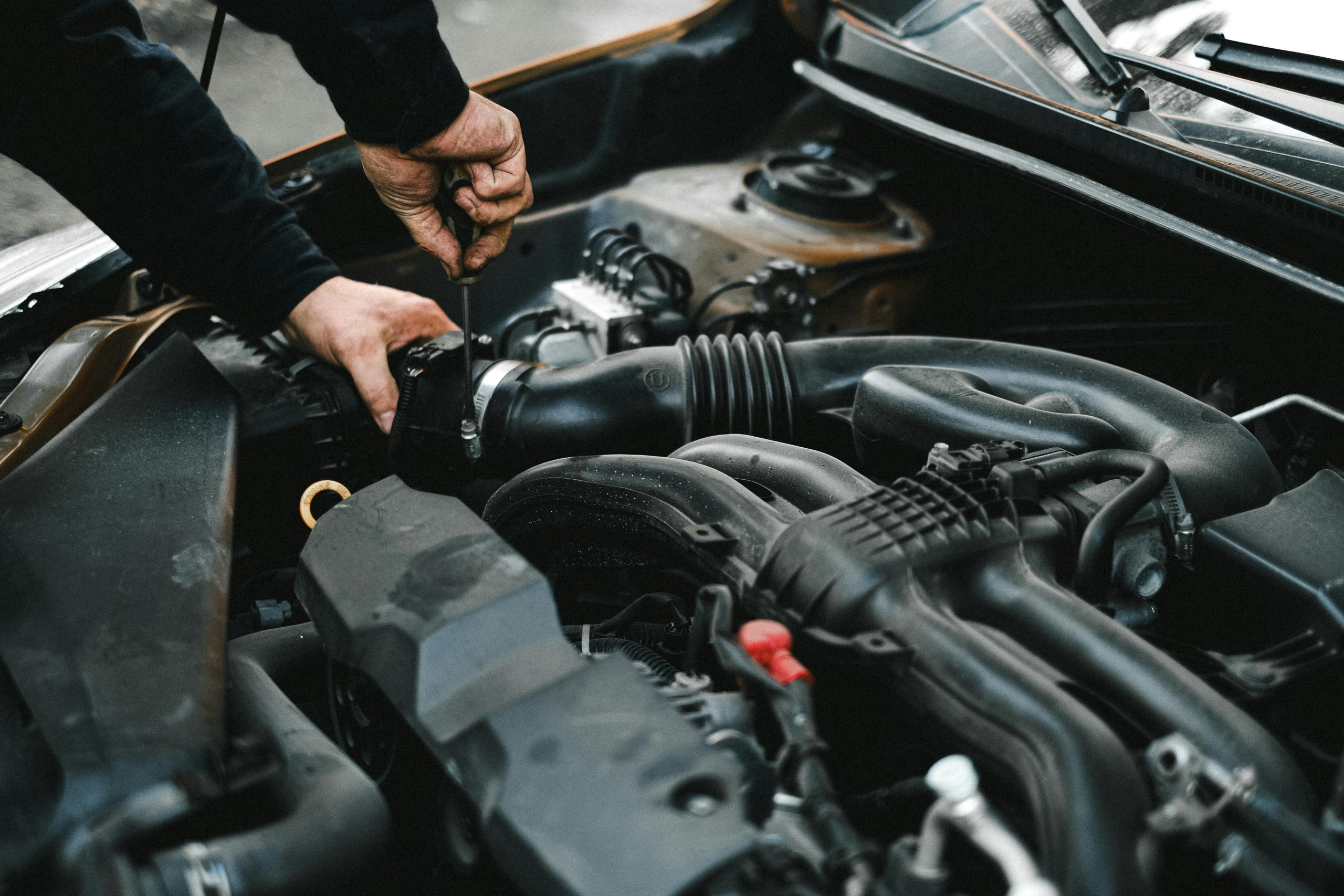How Car Insurance Really Works Demystified
When it comes to car insurance, many drivers are left feeling confused and overwhelmed by the complexity of it all. From premiums and deductibles to coverage options and claims, it can be challenging to understand how exactly car insurance really works. Fortunately, we are here to demystify the world of car insurance and provide you with all the essential information you need to know. So buckle up and get ready to learn everything you ever wanted to know about how car insurance really works.
The Basics of Car Insurance
Before we dive into the ins and outs of car insurance, let’s start with the basics. Car insurance is a contract between you and your insurance provider that protects you from financial loss in the event of an accident or theft. In exchange for paying a premium, the insurance company agrees to cover any costs related to damages, injuries, or liability. Car insurance is a legal requirement in most states, and driving without it can lead to serious consequences.
The Four Types of Car Insurance
There are four main types of car insurance: liability, collision, comprehensive, and personal injury protection (PIP). Let’s break down each type to better understand their coverage options.
1. Liability Insurance
Liability insurance is the most basic type of car insurance that covers damages caused to others in an accident that you are responsible for. This includes property damage, such as hitting another car or building, and bodily injury, such as medical expenses or lost wages. While liability insurance does not cover damages to your own vehicle, it is legally required in most states.
2. Collision Insurance
Collision insurance covers damages to your vehicle if you are at fault in an accident. It also covers damages caused by an uninsured driver or a hit-and-run situation. Collision coverage is optional, but it is typically required if you lease or finance your car.
3. Comprehensive Insurance
Comprehensive insurance covers damages to your vehicle that are not caused by a collision. This includes theft, vandalism, natural disasters, and falling objects. Like collision insurance, comprehensive coverage is also optional and may be required by your lender.
4. Personal Injury Protection (PIP)
Personal injury protection, also known as no-fault insurance, covers medical expenses and lost wages for you and your passengers regardless of who is at fault in an accident. PIP is mandatory in some states, while others offer it as an optional add-on.
The Factors that Affect Your Car Insurance Premium
Now that we’ve covered the different types of car insurance, let’s discuss what can affect your car insurance premiums. Here are some of the factors that insurance companies use to determine how much you will pay for your insurance:
1. Age and Gender
Younger and inexperienced drivers typically pay higher premiums because they are considered a higher risk. In addition, gender can also play a role in determining your premiums, with males typically paying higher rates than females.
2. Driving Record
Insurance companies will review your driving record to assess your risk as a driver. If you have previous accidents or traffic violations on your record, you can expect to pay higher premiums.
3. Make and Model of Your Car
The make and model of your car can also affect your insurance premiums. Luxury or high-performance vehicles are more expensive to insure due to their higher repair costs and risk of theft.
4. Location
Your location can also have an impact on your car insurance rates. Drivers who live in areas with higher rates of accidents or car theft may pay higher premiums.
The Claims Process
In the event of an accident, you will need to file a claim with your insurance provider to receive coverage for damages or injuries. It’s important to understand how the claims process works to ensure a smooth and hassle-free experience. Here are the basic steps of filing a car insurance claim:
1. Report the Accident
If you’ve been in an accident, the first thing you need to do is report it to your insurance company. They will ask for details about the incident, so it’s essential to have all the relevant information, such as the other driver’s information and a police report, if applicable.
2. Damage Assessment
Your insurance company will send an adjuster to assess the damage to your vehicle and determine the cost of repairs. If your vehicle is deemed a total loss, meaning the repair costs exceed the value of the car, the insurance company will offer you a settlement.
3. Payment of Claims
If your claim is approved, your insurance company will either pay the repair shop directly or issue a payment to you to cover the damages. You may be responsible for paying a deductible, which is the amount you agree to pay out-of-pocket before your insurance kicks in.
In Conclusion
Now that you have a better understanding of how car insurance really works, it’s essential to review your policy and make sure you have the right coverage for your needs. It’s also a good idea to shop around and compare quotes from different insurance companies to get the best rates. And most importantly, always drive safely to avoid needing to use your car insurance in the first place.









